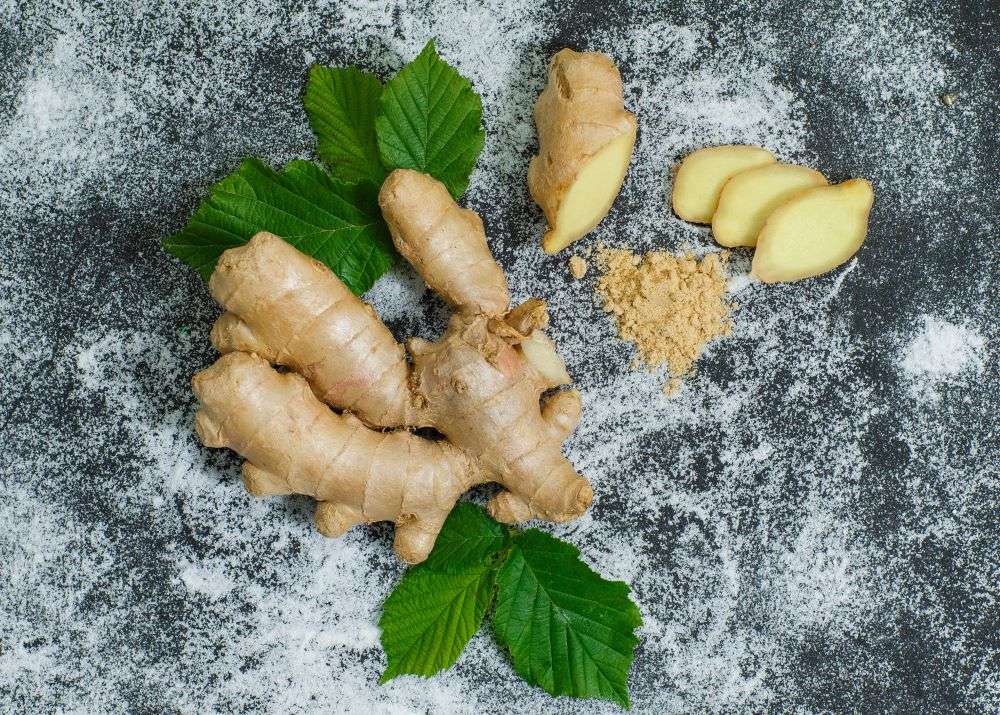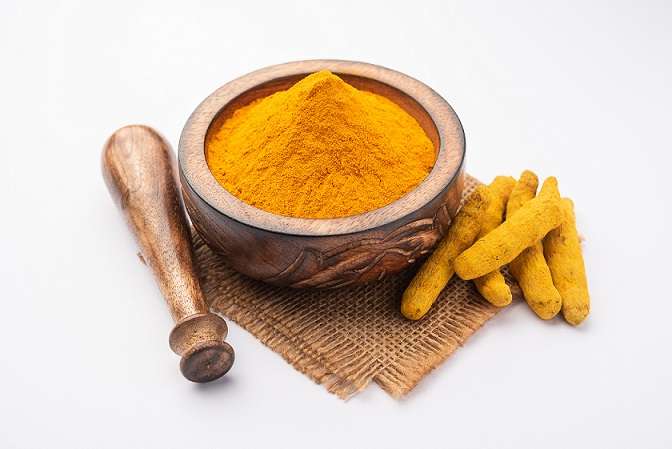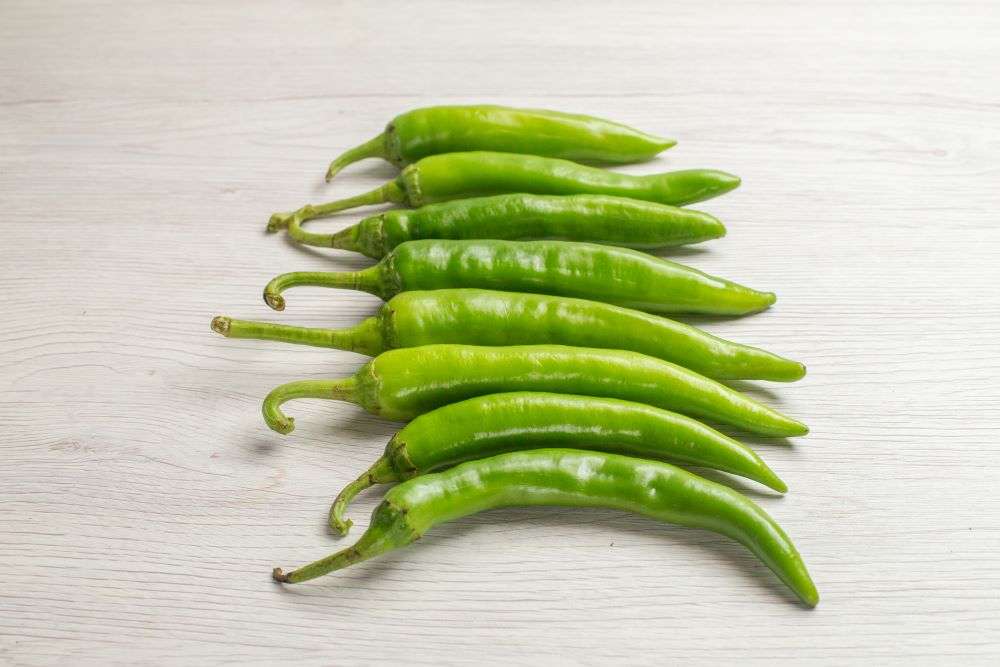Ginger, known scientifically as Zingiber officinale, has long been a staple in kitchens and medicine cabinets around the world. Its versatility and beneficial properties have made it highly sought after in both culinary and medicinal applications. India, being one of the largest producers of ginger, plays a crucial role in the global trade of this golden rhizome. This blog explores the burgeoning ginger export industry in India, focusing on ginger harvesting, the best seasons for growth, the challenges faced by farmers, and the intricacies of ginger export.
Best Season for Ginger Cultivation
Ginger is a tropical plant that requires a frost-free environment. The best season for planting ginger is at the onset of the rainy season, ensuring sufficient water supply for the initial growth phase. In India, planting typically occurs between February and April. The rhizomes mature during the dry season, making November to January the ideal period for harvesting.
Ginger Harvesting in India
Ginger thrives in warm, humid climates with well-drained, loamy soil rich in organic matter. India, with its diverse climate, provides an ideal environment for ginger cultivation. The harvesting process typically begins 8-10 months after planting, once the leaves start yellowing and the rhizomes have matured. Here’s a step-by-step look at ginger harvesting in India:
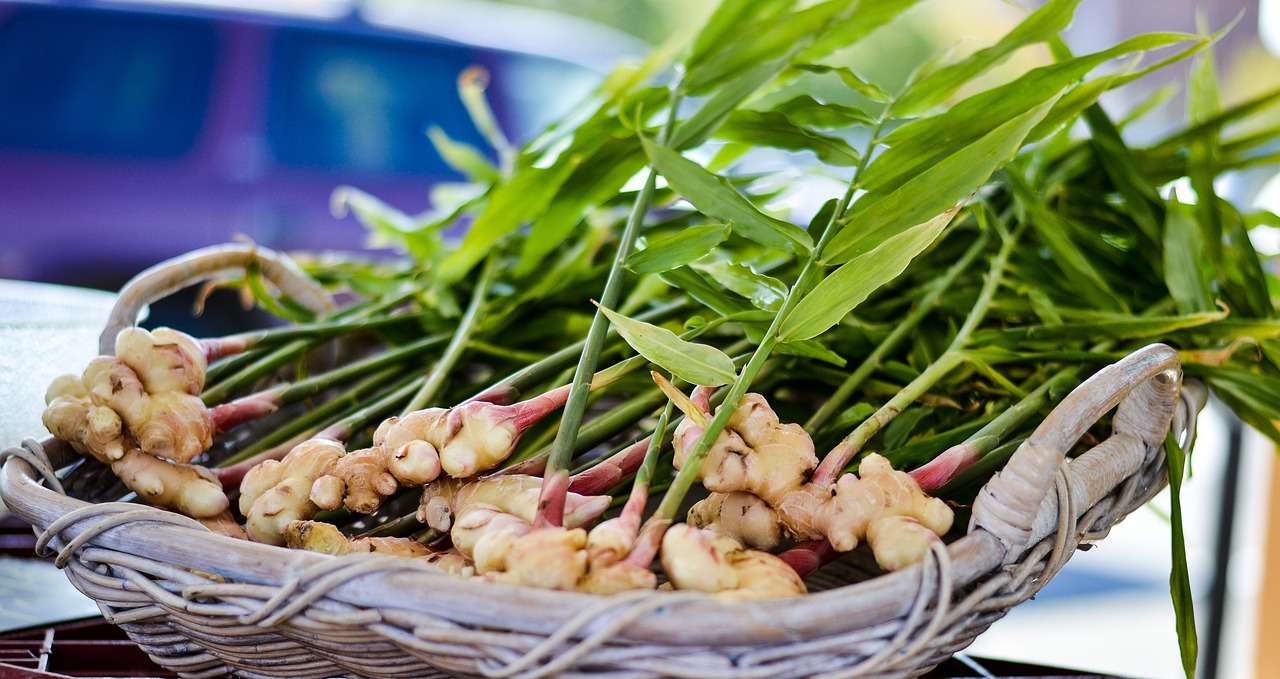
- Preparation: Farmers prepare the land by loosening the soil to avoid damaging the rhizomes during harvest.
- Uprooting: The ginger plants are carefully uprooted using spades or mechanical harvesters.
- Cleaning: The harvested rhizomes are cleaned thoroughly to remove soil and debris.
- Curing: The rhizomes are sun-dried for a few days to reduce moisture content, enhancing their shelf life.
- Storage: Once dried, ginger is stored in a cool, dry place, ensuring the rhizomes remain fresh and free from mold.
Challenges in Ginger Farming
Despite its lucrative prospects, ginger farming in India presents several challenges:
- Pest and Disease Management: Ginger is susceptible to pests like shoot borers and diseases such as rhizome rot and bacterial wilt, which can severely impact yield and quality.
- Climate Sensitivity: Unpredictable weather patterns, such as excessive rainfall or prolonged drought, can adversely affect ginger cultivation.
- Soil Degradation: Continuous ginger cultivation without crop rotation can lead to soil degradation, affecting future yields.
- Labor Intensity: Ginger farming is labor-intensive, from planting and weeding to harvesting and cleaning, requiring substantial manual labor.
- Market Fluctuations: Farmers often face market volatility, with prices fluctuating based on supply and demand dynamics, impacting profitability.
The Role of Indo Foods Export in Ginger Trade
Indo Foods Export has recently started working in the ginger export industry, exemplifying quality and reliability. Here’s a closer look at our operations:
- Quality Assurance: Indo Foods Export ensures that only the finest ginger rhizomes are selected for export. They adhere to stringent quality control measures, including size grading, texture assessment, and thorough inspection for defects or diseases.
- Sustainable Practices: The company is committed to sustainable farming practices, promoting crop rotation and organic farming methods to maintain soil health and biodiversity.
- Innovative Packaging: To preserve freshness and prevent damage during transit, Indo Foods Export utilizes state-of-the-art packaging solutions. Ginger is typically packed in jute bags, cartons, or crates.
- Global Reach: Indo Foods Export has established a robust global network, exporting ginger to major markets such as the United States, the European Union, and Japan. Their logistics management ensures timely delivery and optimal condition upon arrival.
- Research and Development: The company invests in research to develop disease-resistant ginger varieties and innovative farming techniques, enhancing yield and quality.
Impact of Organic Farming on Ginger Exports
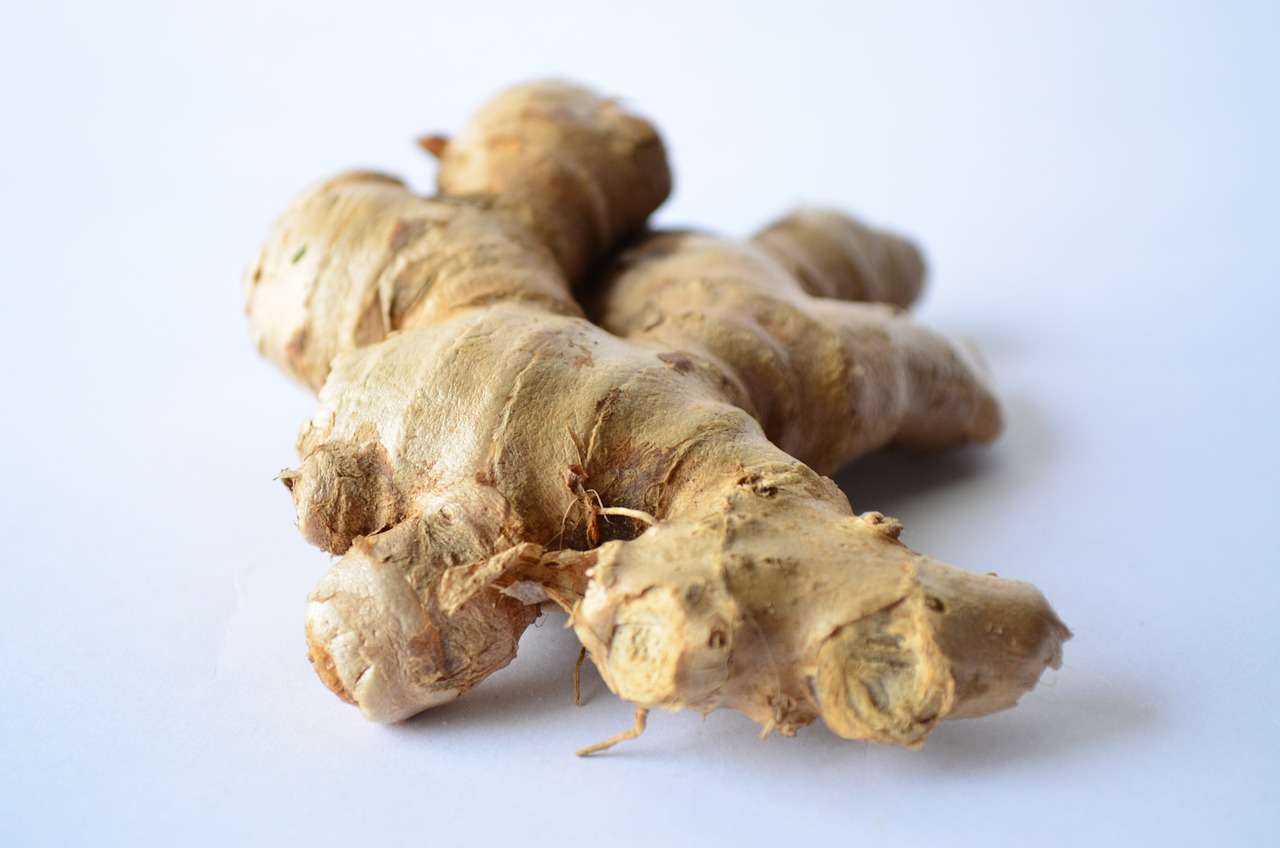
With the growing emphasis on sustainable and chemical-free agriculture, organic ginger production is gaining traction. Farmers are adopting eco-friendly practices, such as crop rotation and natural pest control, to meet global organic standards. This shift not only enhances India’s reputation in the spice industry but also opens up new opportunities in premium markets that prioritize organic products.
Recent Developments in India’s Ginger Export
- Mizoram’s Ginger Export Initiative: In February 2025, a significant milestone was achieved when a 10 metric ton consignment of ginger was flagged off from Hualngohmun, near Aizawl, for export. This initiative, led by K.C. Lalmalsawmzauva, the Chief Minister’s adviser on the implementation of the handholding policy, underscores Mizoram’s commitment to enhancing its agricultural export capabilities. (Times of India)
- Global Market Dynamics: The global ginger market is projected to grow by USD 3.77 billion between 2023 and 2028, at a CAGR of 7.9%. This growth is driven by rising consumer awareness and demand for natural, healthy food and beverages. (Technavio)
The Future of Ginger Trade in India
The future of ginger trade in India looks promising, driven by increasing awareness of its health benefits and rising demand for natural and organic products. However, for sustained growth, the ginger industry must address the following:
- Sustainable Practices: Implementing sustainable farming practices, such as crop rotation and organic farming, to maintain soil health and biodiversity.
- Innovation and Research: Investing in research to develop disease-resistant ginger varieties and innovative farming techniques to enhance yield and quality.
- Market Access: Expanding market access through trade agreements and collaborations, ensuring farmers get fair prices for their produce.
- Value Addition: Exploring value-added products like ginger oil, ginger powder, and ginger-based beverages to diversify income streams for farmers.
Ginger, with its multifaceted applications and global appeal, continues to be a valuable commodity in the agricultural sector. Despite the challenges, the future of ginger farming and export holds immense potential, offering opportunities for innovation, sustainability, and economic growth. Indo Foods Export, with its commitment to quality and sustainability, exemplifies the bright future of the ginger industry. As the golden rhizome makes its journey from farm to table, it not only enriches our culinary experiences but also contributes to the livelihoods of farmers worldwide.
By focusing on sustainable practices and continuous innovation, India can solidify its position as a key player in the global ginger trade, ensuring a prosperous future for its farmers and the agricultural sector as a whole.

